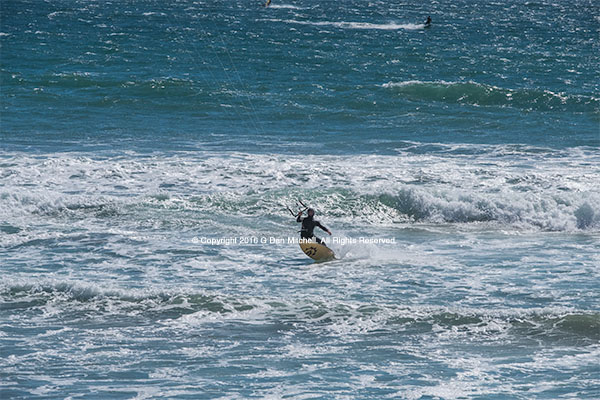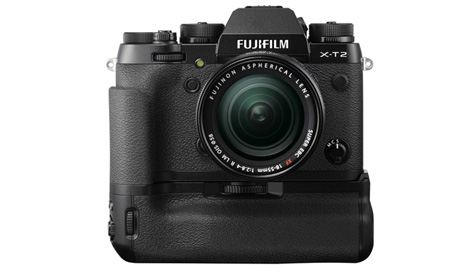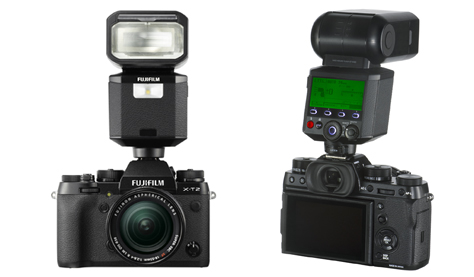This is one of my occasional posts adapted from something I wrote elsewhere but felt might we worth sharing here on the blog.
A person had asked about “switching” from a Canon DSLR to a Fujifilm mirrorless camera, and some others had replied with points about the ergonomics of the smaller cameras along with some comments about using electronic viewfinders (EVF) in place of optical viewfinders (OVF). Since I use both (OVF and EFV, Canon and Fujifilm) I thought my thoughts might be relevant.
Note: A few details of the article were updated on March 8, 2018 to reflect more recent developments – for example, referring to contemporary products from companies mentioned here.
EDITING CURRENTLY UNDERWAY
If the goal is a smaller camera and you already are invested in a Canon DSLR system, one option is to consider one of the much smaller Canon bodies. I know a couple of serious photographers who use the little SL1 for travel and certain other kinds of photography, often with smaller and lighter lenses. This gives you a traditional SLR OVF if you are concerned about using an EVF.
Here are some thoughts about perceived/real potential “downsides” (from some perspectives”) of the Fujifilm x-trans cameras specifically and regarding mirrorless cameras in general:
The EVF — The EVF versus OVF issue is complicated and, in a number of ways, subjective. Early on there was a lot of resistance to the EVF products — I think it was a combination of resistance to something new along with the relatively poorer performance of the initial versions. (They were slow, had lower resolution, and generally did not provide as positive of an experience.) I had such cameras a long time ago. (Does anyone else recall the Canon Pro1 of a dozen years ago?) More recent EVFs are far better in every measurable way — though they still won’t be for ideal everyone.
EVFs have pluses and minuses. In the minus category…
- they show you a video image of the world, rather than an optical view of the “actual” subject
- as video devices they are never be truly realtime displays — there is always at least some display latency
- it takes more battery power to drive a video display.
In the plus category…
- they are usable in extremely low light due to exposure simulation
- additional useful data can be overlaid on the scene image
- useful focusing aids can be incorporated into the display, etc.
- they can reduce the size/weight of the camera and permit use of smaller lenses
In the end, you simply have to try an EVF camera for a while. Lots of people are fine with them, and even some of us who prefer the quality of an OVF are happy to use EVF if it is part of a package that has other advantages for the kinds of photography we are doing. Continue reading A Few Thoughts On EVF Versus OVF Cameras




